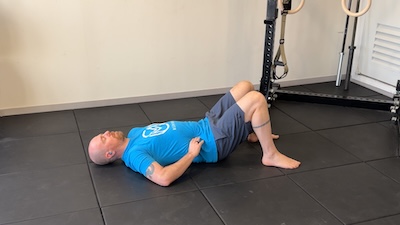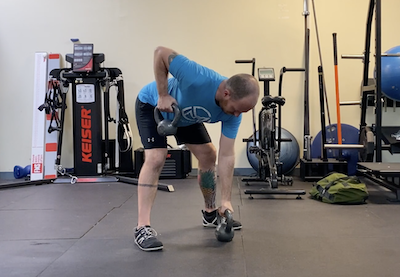Prone Angel
Prone Angel
The prone angel is a powerful exercise designed to improve upper back strength, shoulder stability, and overall posture. Performed while lying face down, this movement mimics the motion of making snow angels. It specifically targets the scapular muscles, including the rhomboids, lower trapezius, and rotator cuff, which are essential for proper scapular movement and alignment.
Athletes and fitness enthusiasts will find the prone angel particularly beneficial for counteracting the effects of poor posture caused by prolonged sitting or repetitive forward movements. This exercise helps open up the chest, stretches the shoulders, and strengthens the upper back, promoting better posture and reducing the risk of shoulder injuries.
Incorporating the prone angel into your workout routine is straightforward. Lie face down on a mat with your arms extended overhead in a “Y” position, palms facing down. Slowly move your arms out to the sides and down toward your hips in a sweeping motion, mimicking the shape of an angel’s wings. Keep your forehead on the mat and focus on squeezing your shoulder blades together as you move your arms. Maintain a neutral spine and engage your core throughout the exercise.
Regular practice of the prone angel will enhance scapular stability, improve upper back mobility, and promote balanced movement patterns. This exercise is suitable for all fitness levels and can be included in warm-up, cooldown, or mobility routines to support overall shoulder health and functional movement. By integrating the prone angel into your regular fitness regimen, you can achieve better posture, increased upper back strength, and reduced risk of shoulder injuries.
Equipment Needed:
- Yoga mat or open floor
Prone Angel Instructions:
- Lie face down with your arms at your sides, palms down
- Take a belly breath and brace your core
- Keeping your palms face down start elevating your arms overhead. Do not let them touch the ground
- Go as high as you can before your arms touch the ground, pause for a 2+ count and return to the starting position
- Repeat the prescribed number of repetitions
Common Errors:
- Arching your back so that your chest comes off the floor. As your arms elevate you want to keep them from touching the floor.
Progressions / Regressions:
If this is too challenging:
- N/A
If you want more of a challenge:
- N/A
Notes:



